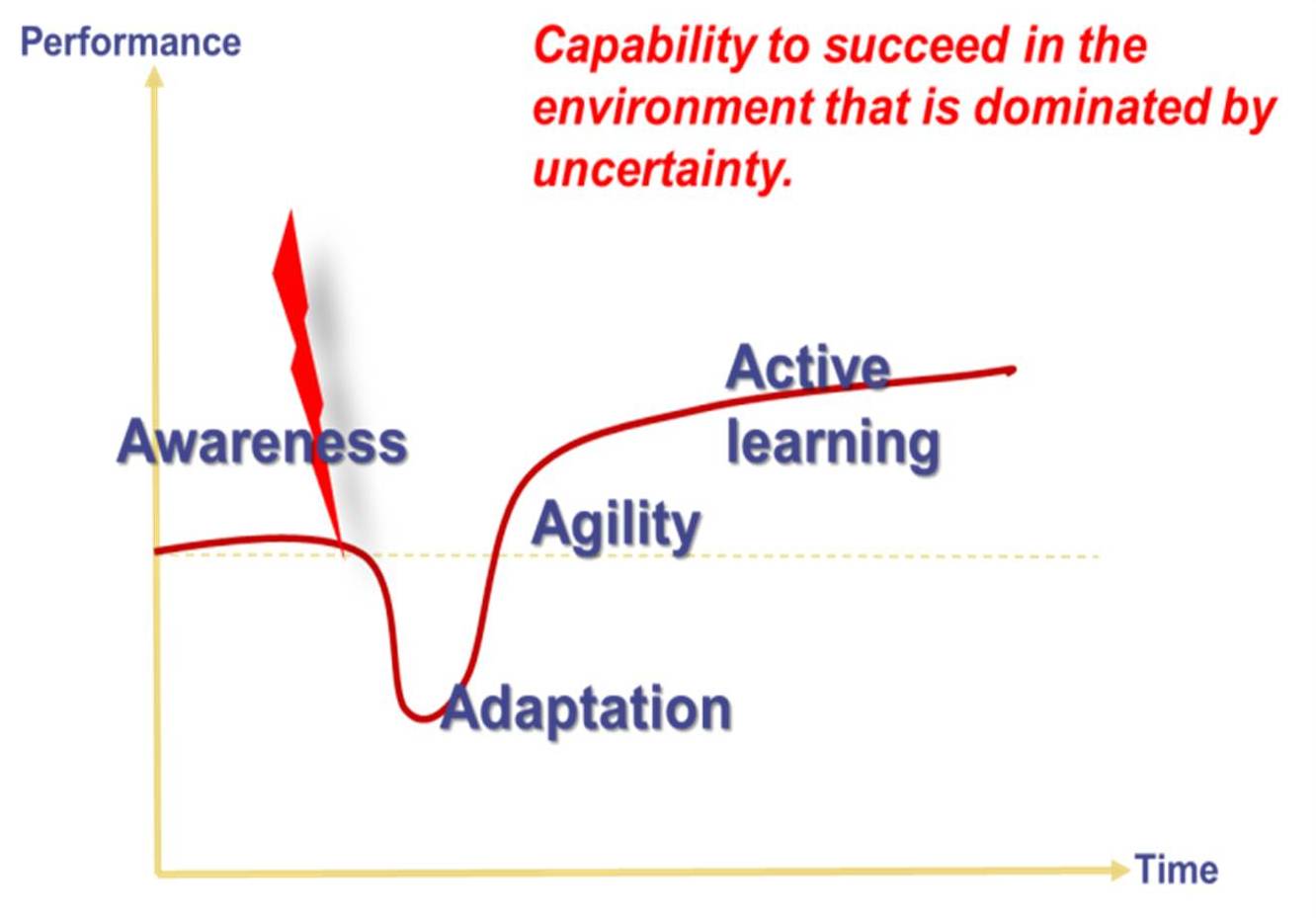Resilience and the Coronavirus Pandemic
The era of efficiency seems to be over. We are entering a world dominated by uncertainties. Some of these uncertainties are quantifiable, so we are able to conduct risk calculations and if rigorously conducted, we can manage the trade-offs between risks and related opportunities. The challenge of the Coronavirus pandemic is the events that are unfolding are so unique – the closest point of reference is the deep recession of 1930’s. And the intertwined interruption of a global pandemic and recession has kicked off many of the processes that may lead to permanent changes in the global structures of power and resources. The cold fact of the situation is that when it is very difficult to predict what will happen next week, how do we prepare for potential futures and the changes that will be introduced to societal systems? Conducting detailed analysis does not help in this situation of high uncertainty, so the best option is to build resilience.
What do we mean by resilience? Resilience of economic systems or organizations consists of four parameters, four A’s: awareness of uncertainties, adaptation to the shock or surprise (the first two A’s are referring to resilience as defined in the engineering context), agility to utilize the opportunities that are emerging from the shock situation and from active learning, that uses a shock as a trigger for improvement of operations or structures. Resilience also refers either to capabilities or performance in the shock situation. In our context we are speaking about a capability to succeed in the middle of surprises or shocks.
